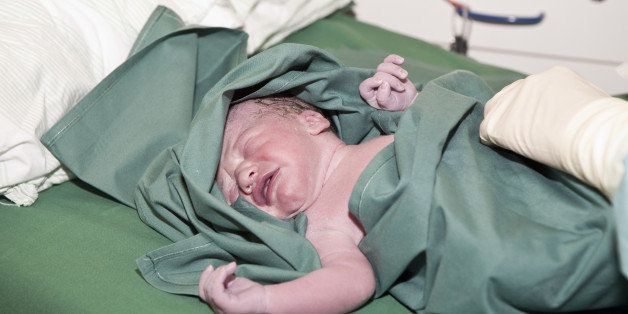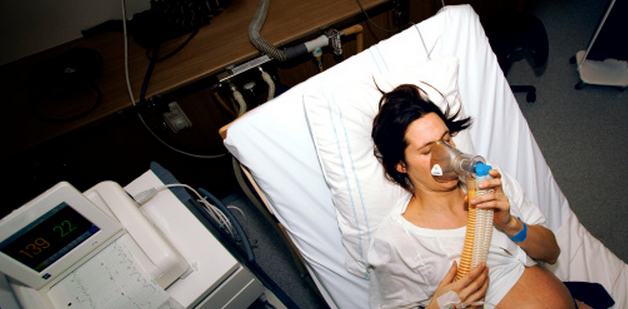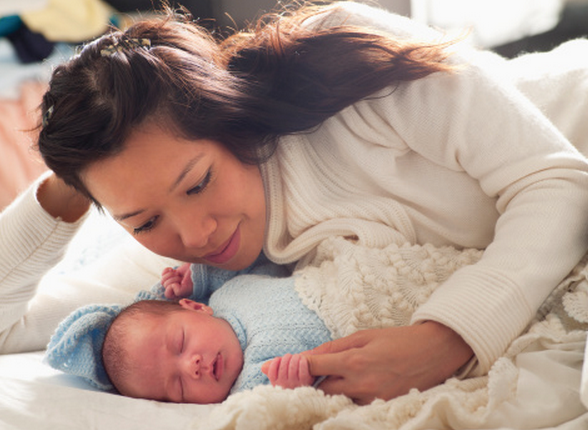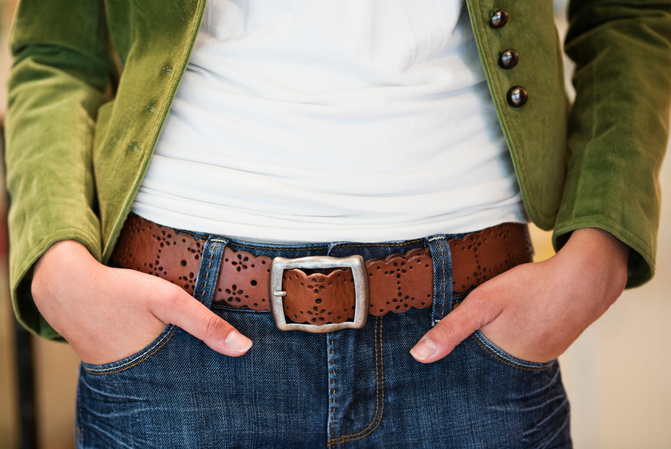
The majority of the population in Central Washington’s Yakima, Benton and Franklin counties is Hispanic, and it is within these counties that a rare birth defect has been appearing with increased frequency.
According to health officials in the state, seven cases of the defect called anencephaly were reported in 2013. The Centers for Disease Control (CDC) indicate anencephaly is classified as a neural tube defect and is a serious birth defect in which a baby is born without parts of the brain and skull.
“Anencephaly happens if the upper part of the neural tube does not close all the way,” states the agency. “This often results in a baby being born without the front part of the brain (forebrain) and the thinking and coordinating part of the brain (cerebrum). The remaining parts of the brain are often not covered by bone or skin.”
The majority of infants born with this condition do not survive, and it is estimated to affect approximately 1 in every 4,859 babies in the United States. The current rate for Central Washington, however, has jumped to 8.7 cases per 10,000 births.
“About 60 percent of our cases were Hispanic, but the population in this area is about 50 to 60 percent Hispanic. It reflected the population here,” epidemiologist Mandy Stahre from the CDC said in a press interview on Tuesday. “A large proportion of the women were on Medicaid, but (the population) reflects that as well. It wasn’t something that made us go, ‘Ah, right here, poverty is the No. 1 thing.’ It’s probably a contributing factor.”
Just as Stahre couldn’t say poverty was the primary influencing factor for the increase in anencephaly cases, she and other experts couldn’t link the abnormality to being Hispanic, indicating only that Hispanics were being affected because they made up the majority of the population in that portion of the state.
None of the data thus collected indicates any one particular factor is at play, and it is likely that environmental and other external factors have something to do with the increase in neural tube defects.
“You can’t ignore all the risk factors that we see within this population and some of the reasons why we have the higher rates,” she said . “What we’ve been trying to target is if there’s something other than that, but you can’t ignore the social determinants of health: health disparities, high rates of obesity, lack of access to healthy foods, lack of access to prenatal care. … When you add all that together, you can’t say that that’s not contributing.”
Unfortunately the puzzle remains, and experts have been unable to find a link between any of the cases. Not only did they occur over a 300-mile area, they did not show up seasonally as would be expected if it were a pesticide issue. What’s more, the cases were not clustered in any specific region of the counties nor were they near any government test sites for nuclear weapons. The majority of cases were from households on public water which is routinely tested for contaminants.
Right now experts are unsure as to what the next steps should be to prevent the increase in anencephaly cases from increasing any more in frequency. The CDC and local health departments will continue to investigate, holding town listening sessions to develop a plan of action.
“We want to know what are the next steps we should do,” Stahre said. “Should we go back (to previous years)? Should we expand it to the entire state? These are questions we want the committee to weigh in on, to find the best way to use our resources moving forward.”
Originally published on VOXXI as Rare birth defect found among Hispanics in Central Washington
Before You Go

"Mothers have a choice between taking the box, or a cash grant, currently set at 140 euros," according to the BBC, "but 95 percent opt for the box as it's worth much more."

Not so in parts of Asia, Africa and Central and South America, the World Health Organization reports. In these countries, women move through various upright positions or squat while in labor. And that's a good thing: According to Rodale, research has shown that sitting, standing and kneeling during labor (or all of the above) can shorten early labor, and also decrease the need for epidural anesthesia.

As Slate reports, women who use laughing gas during childbirth -- inhaling it through a mask -- say it doesn't altogether eliminate the pain, but distracts them from it.


In the U.S., the placenta is generally discarded by the hospital or birthing center where a woman delivers, although some women save theirs and consume it in pill form, believing it helps boost well-being (a controversial claim).

As The Daily Beast explained in its takedown of the U.S.'s postpartum practices, "some version of the lie-in is still prevalent all over Asia, Africa, the Middle East and particular parts of Europe; in these places, where women have found the postpartum regimens of their own mothers and grandmothers slightly outdated, they've revised them." Definitely trickier to pull off in the U.S., one of the few countries left with no federally-mandated paid maternity leave.


